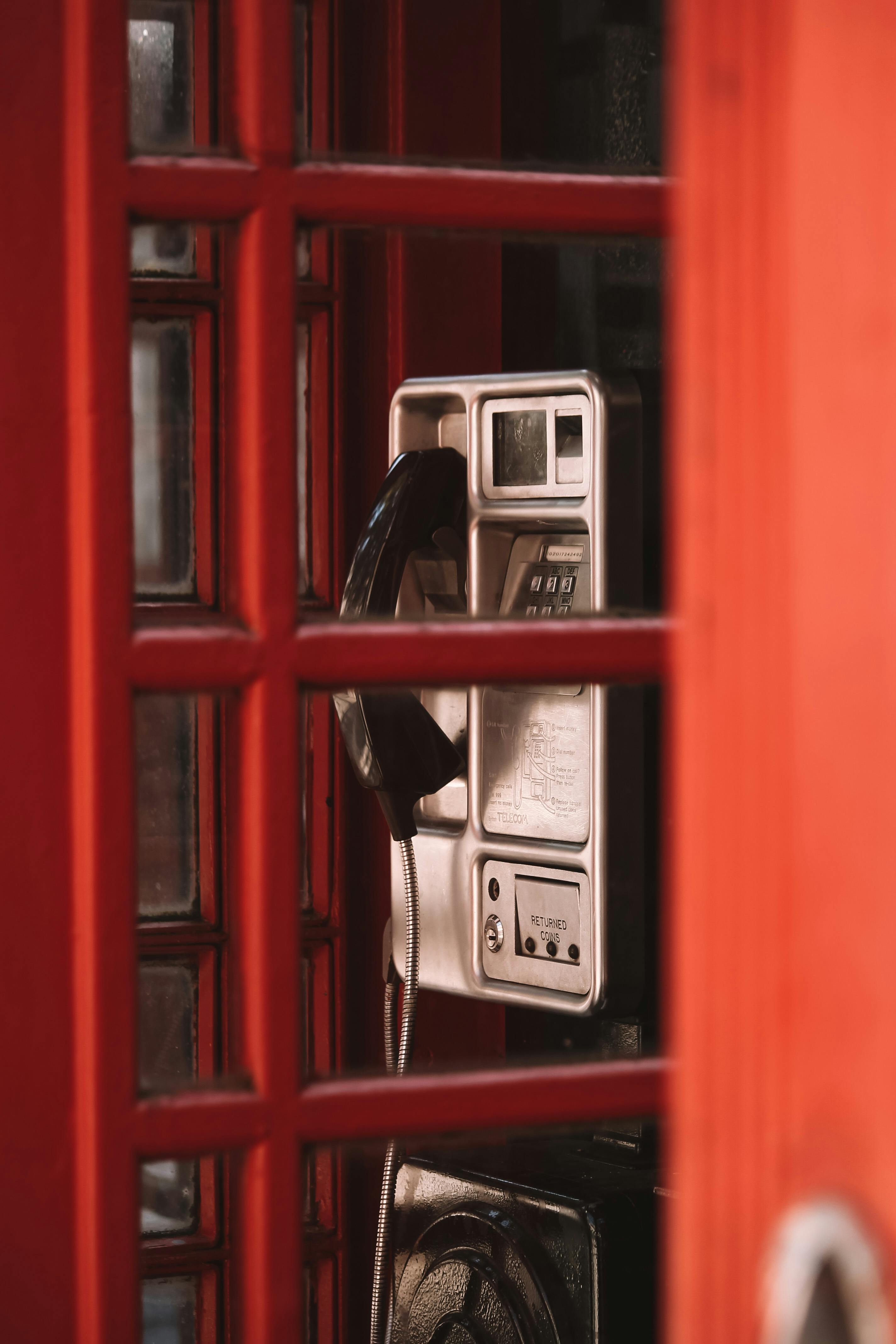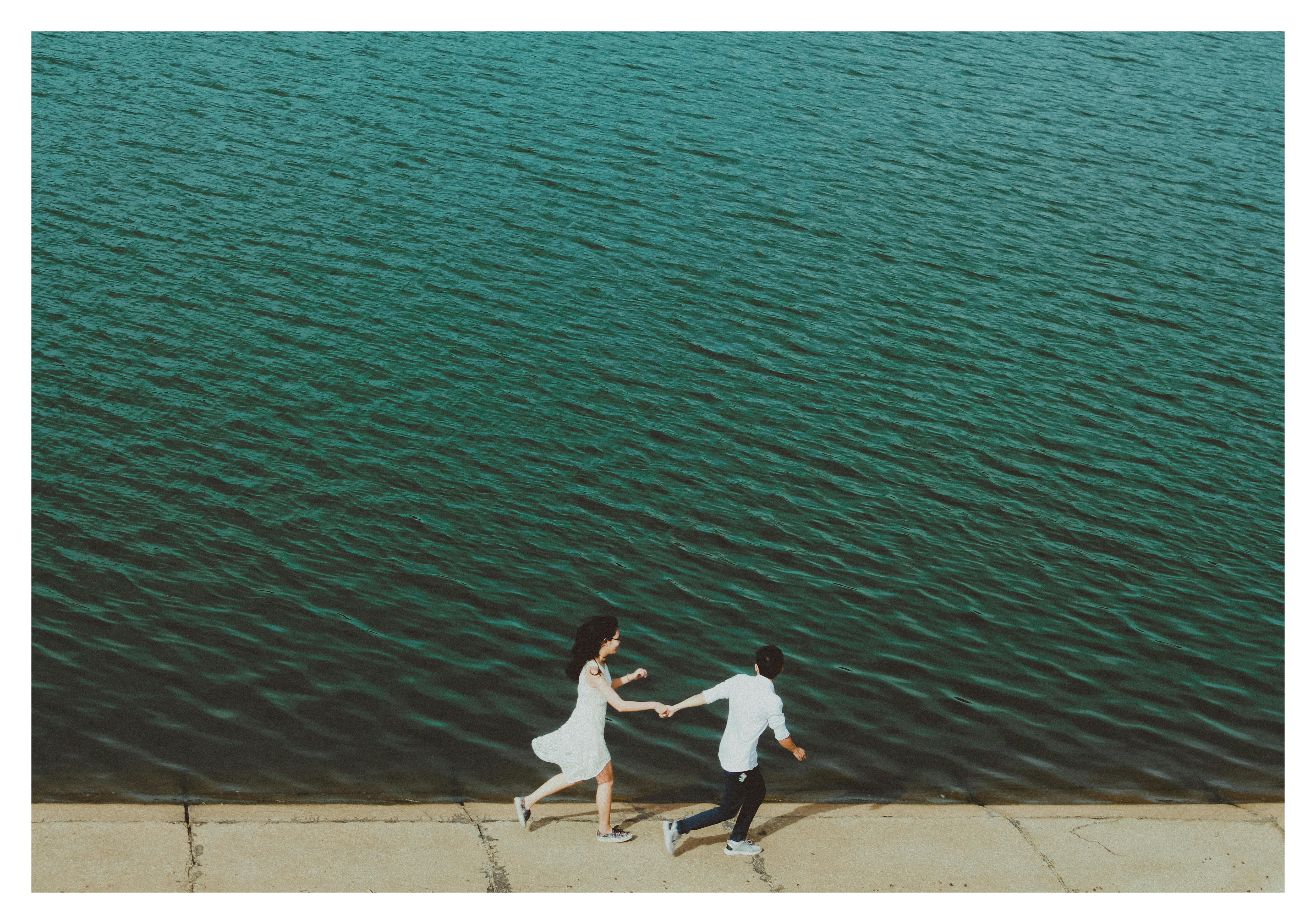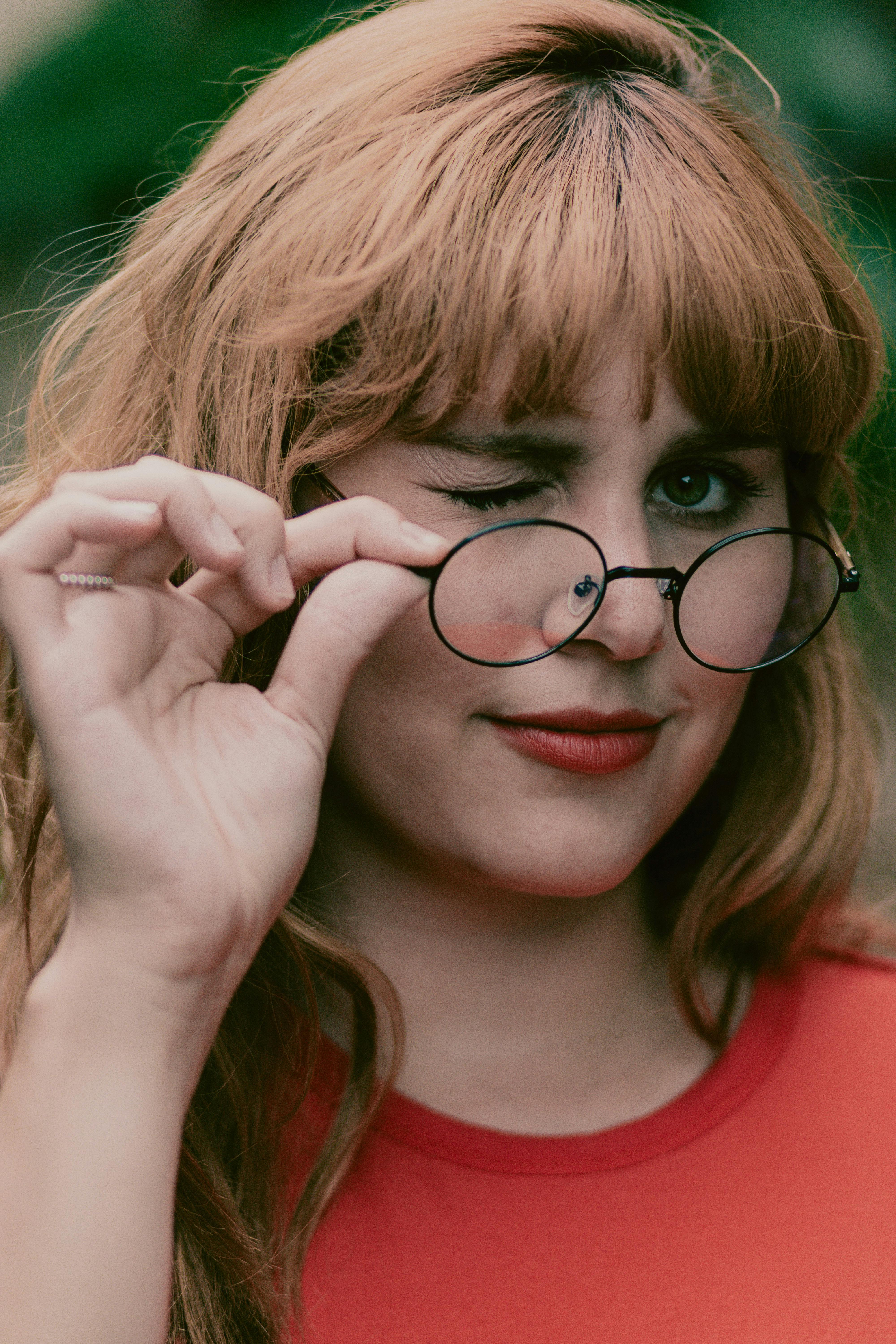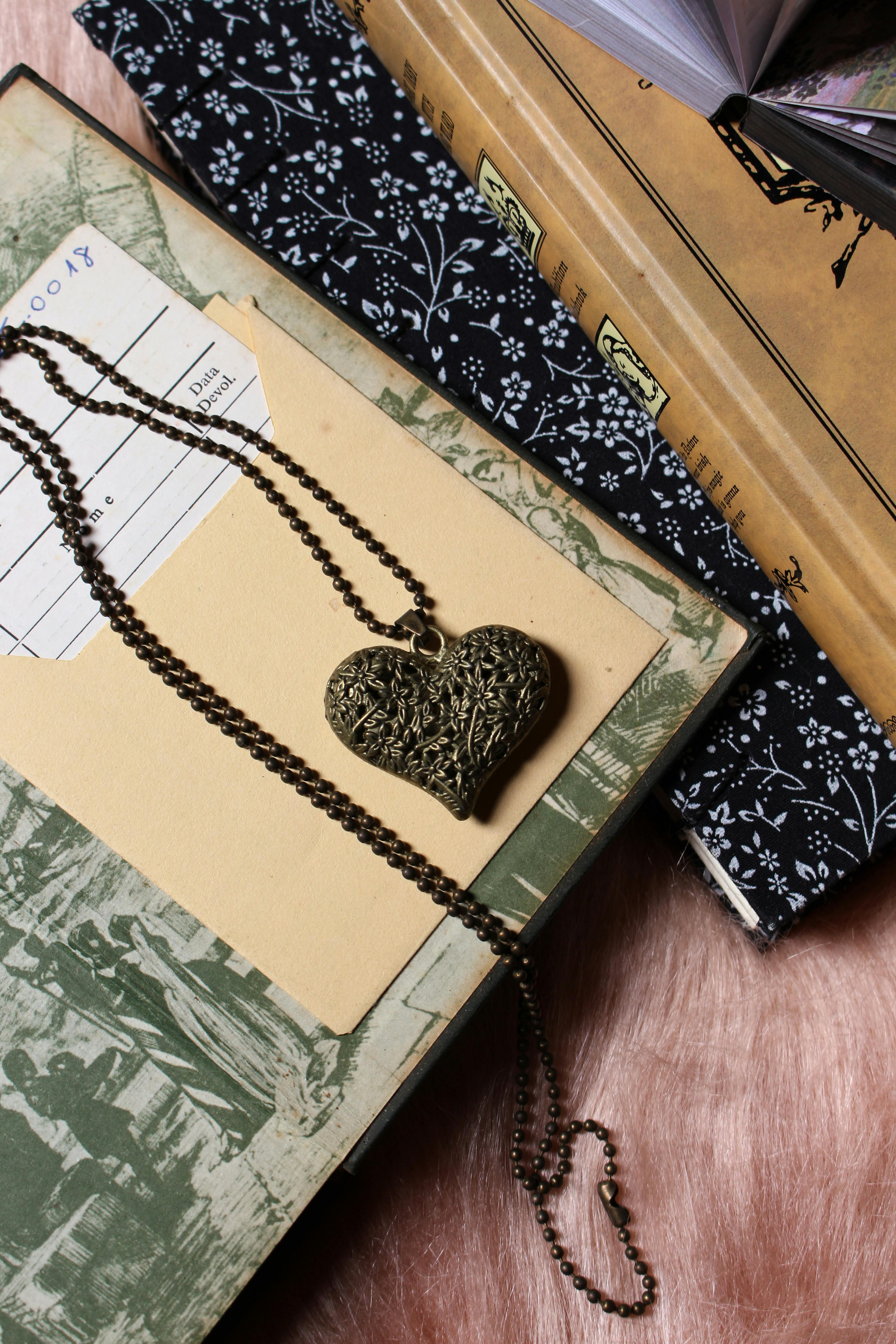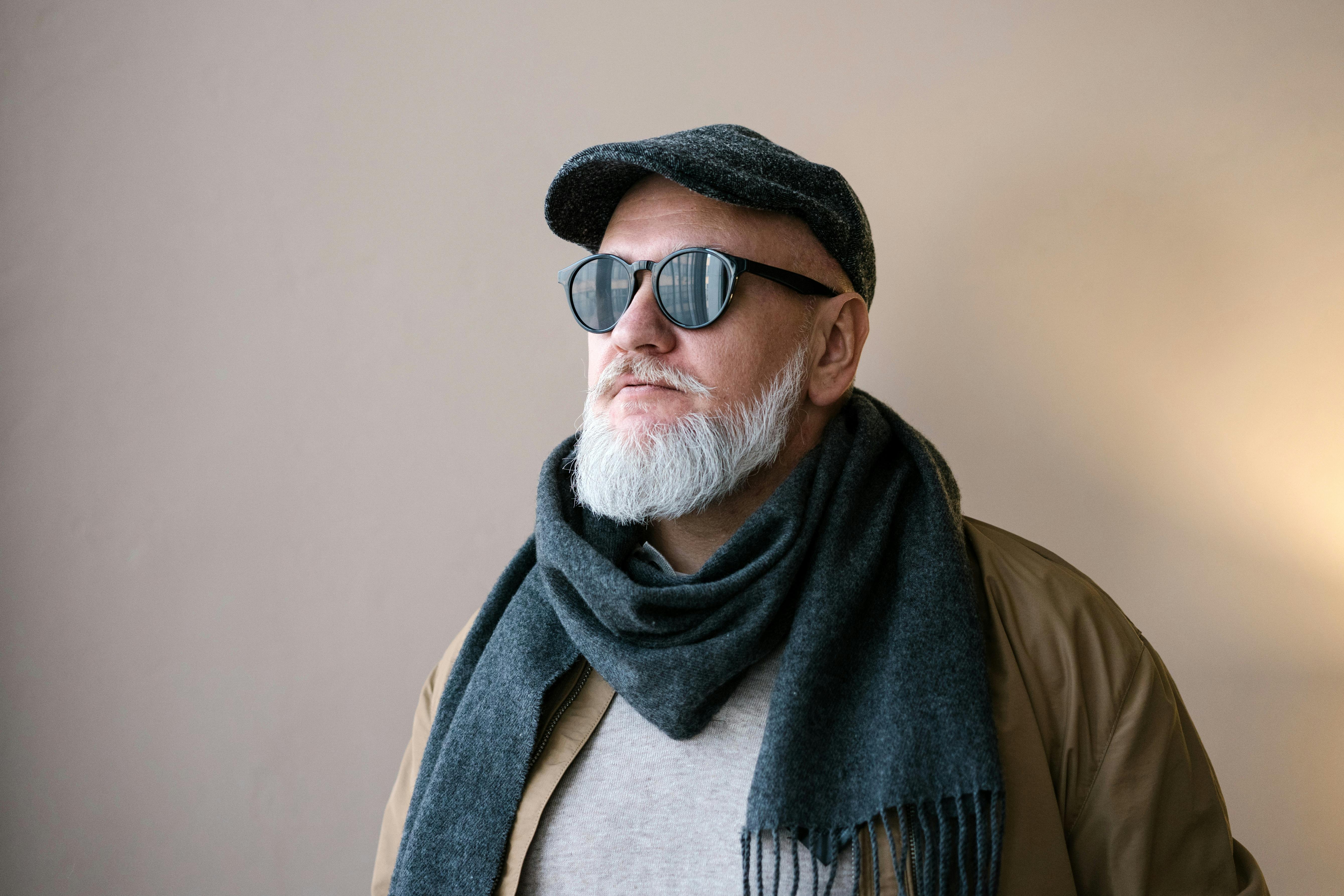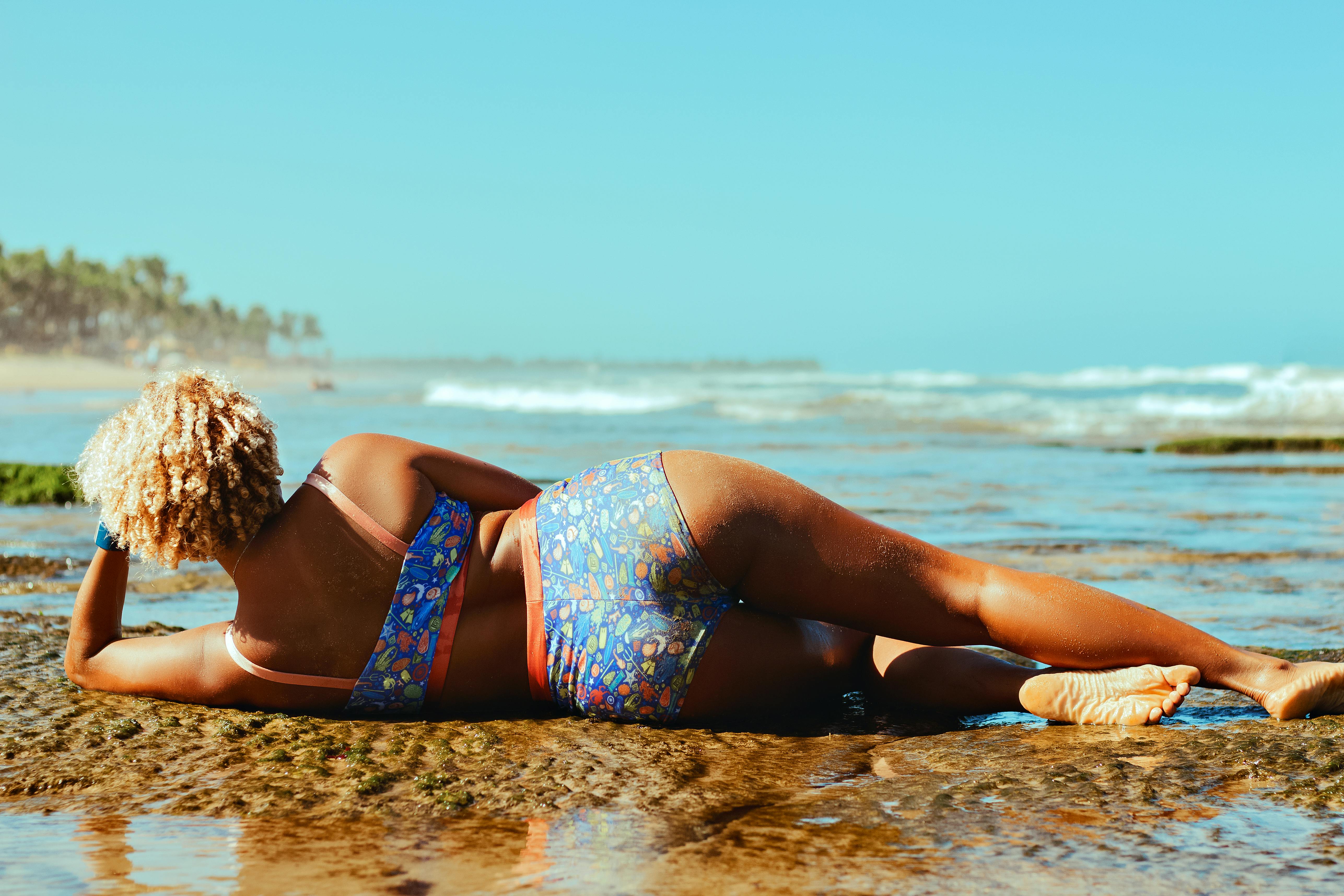The secondhand fashion movement champions sustainability and affordability, but it hasn't always been inclusive of all body types. A recent focus by British Vogue highlights the persistent size gap in vintage clothing and the entrepreneurs actively working to bridge it. This post dives into the challenges and innovative solutions being implemented.
The Size Gap in Vintage Fashion
Vintage clothing, by its nature, reflects past sizing standards often skewed towards smaller sizes. This leaves many plus-size shoppers struggling to find clothes that fit. The lack of size diversity reflects historical fashion norms and contributes to a feeling of exclusion within the sustainable fashion community. This issue isn't just about aesthetics; it's about accessibility and representation.
Vintage Sellers Championing Inclusivity
Many forward-thinking vintage sellers are proactively addressing this problem. They're expanding their stock to include a wider range of sizes, actively sourcing plus-size vintage pieces, and promoting body positivity through their branding and marketing. These sellers are not only building successful businesses but also fostering a more inclusive and welcoming environment within the vintage fashion world. This demonstrates a growing awareness and a shift towards a more equitable industry.
The Future of Size Inclusivity in Vintage
The path towards complete size inclusivity in vintage fashion requires a multi-pronged approach. This includes continued advocacy by consumers, increased transparency and clear sizing information from sellers, and a commitment from brands and retailers to produce more size-inclusive clothing from the outset. The conversation is evolving, and the focus on inclusivity is paving the way for a more representative and equitable future for vintage and secondhand clothing.
